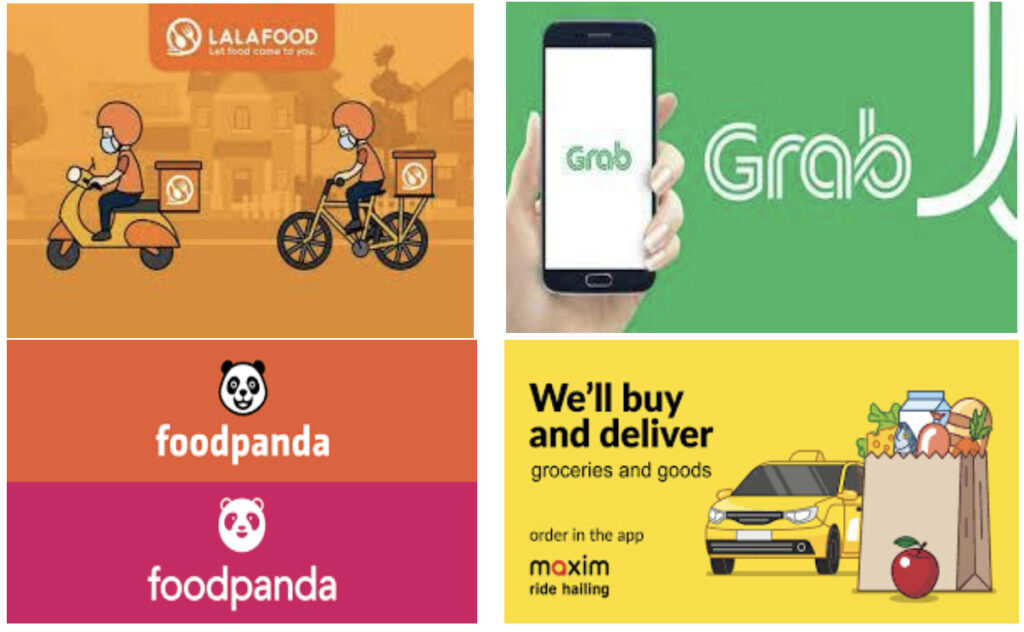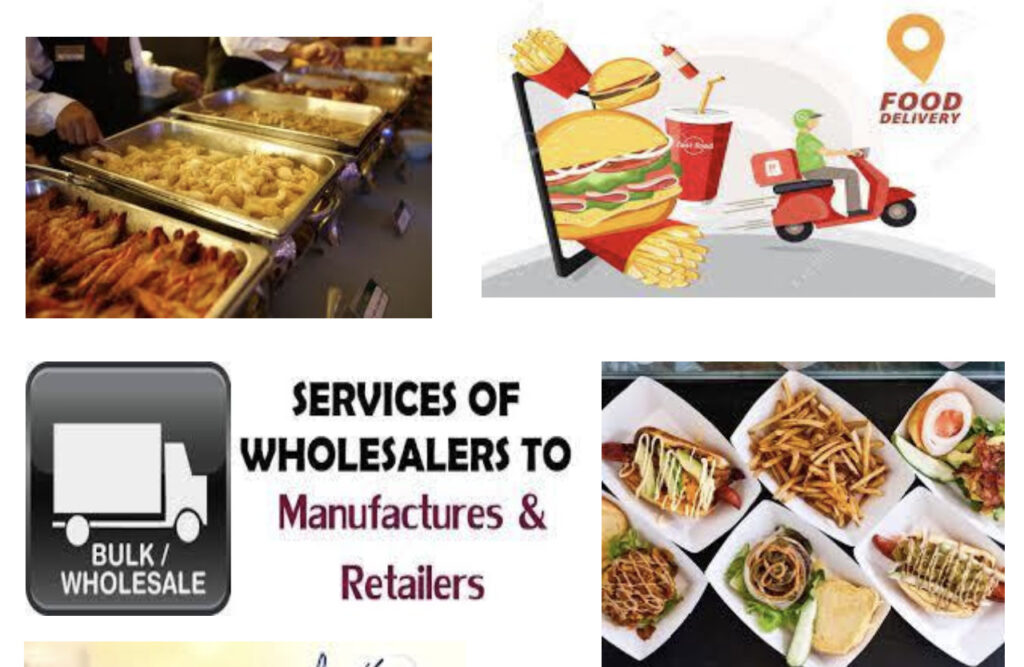リテールフードデリーバリー(食品配送)のサービスがフィリピンでも成長しています。
注文は、レストランや食料品を扱う店のウェブサイトやアプリから行われます。配達されるアイテムの中には、飲み物やデザートなどもあり、ボックスに入れられて配達がされます。
日本のウーバーイーツと同じですね。
車で配達されることもあれば、バイクや自転車を使って運ばれることもあります。
利用者は、現金あるいはオンライン決済のどちらかを選ぶことができ、配達料金が上乗せされる仕組みになっています。とは言え、状況次第では、配達料が無料になることもあるそうです。
また、完全非接触対応で届けることもできるようになっています。
元々フィリピンでは、フードデリバリーのサービスは日本以上に発展していましたが、今回のコロナをキッカケにさらに発達している様子が伺えます。

The front liners in the middle of pandemic.
Retail food delivery is a courier service in which a restaurant, store, or independent food-delivery company delivers food to a customer. An order is typically made either through a restaurant or grocer’s website or mobile app, or through a food ordering company. The delivered items can include entrees, sides, drinks, desserts, or grocery items and are typically delivered in boxes or bags. The delivery person will normally drive a car, but in bigger cities where homes and restaurants are closer together, they may use bikes or motorized scooters.
These delivery food couriers are very helpful and useful especially at this time. Customers can, depending on the delivery company, choose to pay online or in person, with cash or card. A flat rate delivery fee is often charged with what the customer has bought. Sometimes no delivery fees are charged depending upon the situation. Tips are often customary for food delivery service. Contactless delivery may also be an option.
Other aspects of food delivery include catering and wholesale food service deliveries to restaurants, cafeterias, health care facilities, and caterers by foodservice distributors.

Food delivery riders receive these common products from customers who would love to eat without going out.
Sources: https://en.wikipedia.org/wiki/Food_delivery and https://www.google.com/search?q=fast+food+delivery
